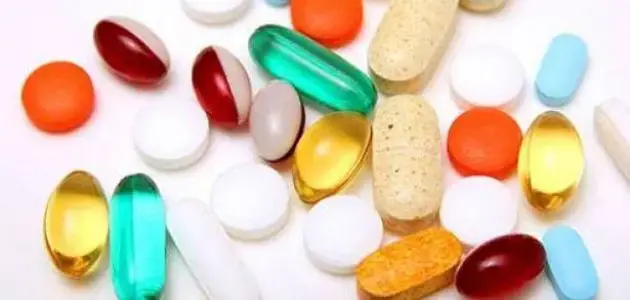Vitamin D is a group of fat-soluble steroids that help your body absorb calcium and phosphate in the intestines. The main source of vitamin D is sunlight, which boosts your body’s supply naturally. Getting enough sun exposure can often replace the need for vitamin D supplements.
How Vitamin D Helps Your Skin
Vitamin D has a bunch of great benefits for your skin, including:
- Soothing psoriasis symptoms: Vitamin D creams or supplements can help treat symptoms like itching by applying the cream directly or taking supplements.
- Speeding up healing: Vitamin D’s strong anti-inflammatory properties help heal burns, skin damage, and stretch marks faster.
- Delaying aging signs: Packed with antioxidants, vitamin D helps keep your skin looking youthful when taken as supplements or through a vitamin D-rich diet.
- Fighting acne: Acne happens because of bacterial activity. Using vitamin D topically can reduce inflammation, and taking supplements can help as an alternative treatment. But just soaking up the sun isn’t a good fix since unprotected sun exposure can actually harm your skin.
Where to Get Vitamin D
There are three main ways to get vitamin D:
- Enough safe sun exposure
- Vitamin D supplements
- Foods rich in vitamin D like low-fat milk, soy milk, eggs, Swiss cheese, salmon, tuna, and cereals
Other Benefits of Vitamin D for Your Body
Vitamin D does a lot more than just help your skin:
- Helps fight depression: Some studies show vitamin D may boost mood and help with depression.
- Aids in weight loss: Taking vitamin D supplements can help curb appetite and support weight loss.
- Reduces heart disease risk: For people who are overweight, vitamin D supplements may lower the chance of heart problems.
- Boosts hair growth: Vitamin D helps activate hair follicles, encouraging hair growth. A lack of it can cause hair loss.
Why You Might Be Low on Vitamin D
Here are some common reasons for vitamin D deficiency:
- Limited sun exposure: People living in colder places or who spend a lot of time indoors are more likely to be low on vitamin D.
- Darker skin: More melanin means less vitamin D production, especially in older adults with darker skin.
- Strict diets: Not eating enough vitamin D-rich foods like fish, milk, and eggs can cause a deficiency.
- Digestive problems: Conditions like Crohn’s disease, cystic fibrosis, or celiac disease can stop your body from absorbing vitamin D properly.
- Obesity: People with a BMI over 30 often have lower vitamin D levels.
Signs You Might Be Low on Vitamin D
Here are some symptoms to watch for:
- Feeling tired for no clear reason
- Getting sick more often (vitamin D helps your immune system)
- Feeling down or depressed
- Slow healing wounds (vitamin D helps with wound healing and fighting infections)
- Weak or brittle bones, especially in older adults (could be due to vitamin D deficiency, not just calcium)
- Hair loss (especially in women, linked to conditions like alopecia)
Vitamin D Deficiency Symptoms in Kids
Kids with low vitamin D might experience:
- Slow growth and trouble walking
- Bowed legs (also called rickets)
- Delayed tooth development
- Weak heart muscles
Leave a comment
Your email address will not be published. Required fields are marked *




